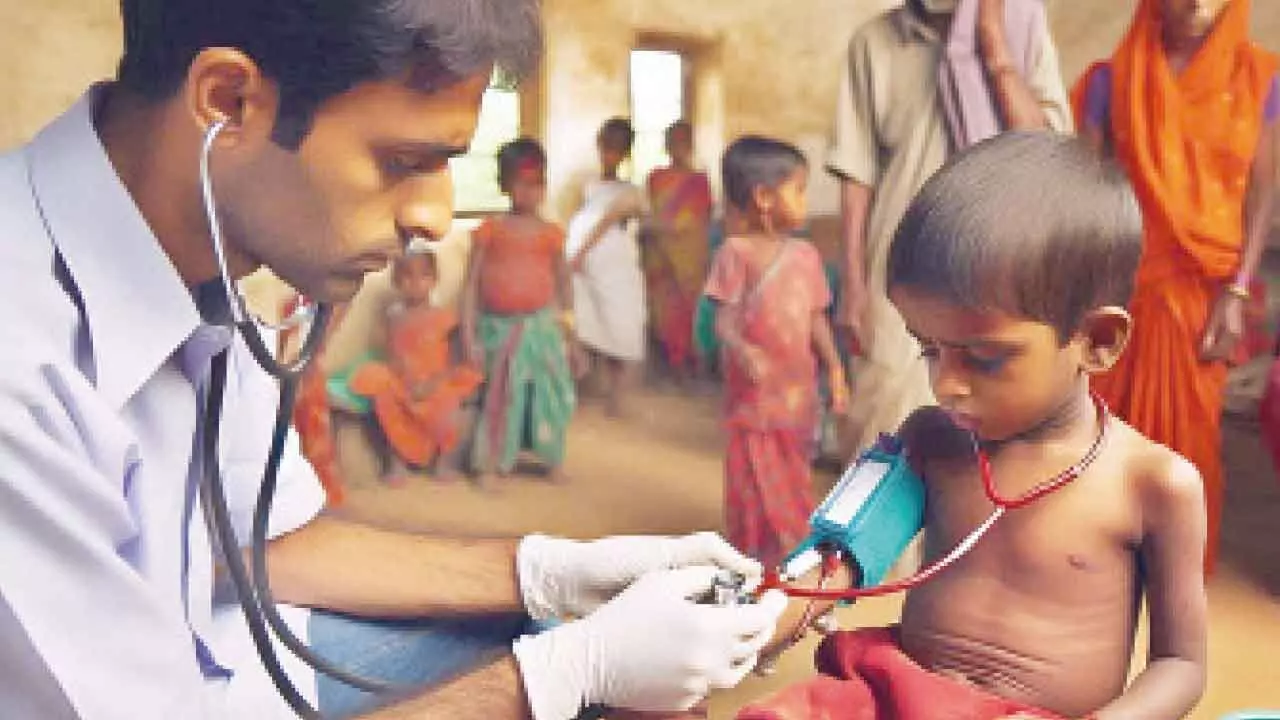Breaking Cycle Of Malnutrition: How India Is Rewriting The Story On Anemia
Through initiatives like Anemia Mukt Bharat, India is not only addressing the immediate nutritional deficiencies but also investing in the long-term cognitive, maternal, and physical health of future gen
Breaking Cycle Of Malnutrition: How India Is Rewriting The Story On Anemia

India is home to the world’s largest adolescent population. It also leads one of the most ambitious public health campaigns against anemia, a condition that continues to affect millions, especially women, children, and adolescents. Anemia, primarily caused by iron deficiency, results from low haemoglobin levels, reducing the blood's capacity to carry oxygen to vital organs. Deficiencies in folate, vitamin B12, and vitamin A are other nutritional causes of anemia. Its widespread prevalence is rooted in poor nutrition, early pregnancies, inadequate maternal care, and limited access to iron-rich foods, making it a pressing public health challenge that demands urgent and sustained action.
Anemia is both preventable and treatable, and over the past two decades, the Government of India has taken strong, targeted action to combat it. A significant turning point came with the Second National Family Health Survey (NFHS-2) in 1998–99, paving the way for landmark programs like Anemia Mukt Bharat (AMB). Today, AMB reaches millions annually through a comprehensive strategy that includes Iron-Folic Acid supplementation, deworming, fortified nutrition, and behaviour change communication across all age groups.
By integrating maternal and child health with adolescent nutrition and school-based outreach, India is actively disrupting the intergenerational cycle of malnutrition. This sustained, community-led approach transforms outcomes for girls, pregnant and lactating women, and children under five—positioning India as a global leader in evidence-based, inclusive public health innovation.
What are symptoms of Anemia?
Anemia manifests with symptoms such as fatigue, diminished physical work capacity, and shortness of breath. It serves as an indicator of poor nutrition and various health issues. Common and non-specific symptoms of anemia include tiredness, dizziness or feeling light-headed, cold hands and feet, headache and shortness of breath, particularly during exertion.
Who does it impact generally?
The population groups most vulnerable to anemia include children under 5 years of age, particularly infants and children under 2 years of age, menstruating adolescent girls and women, and pregnant and postpartum women.
What is its impact?
Iron deficiency anemia results in impaired cognitive and motor development in children and decreased work capacity in adults. The effects are most severe in infancy and early childhood. In pregnancy, iron deficiency anemia can lead to perinatal loss, prematurity and low birth weight (LBW) babies.
How can it be prevented and treated?
Anemia’s treatment and prevention depend on its underlying cause. Still, it can often be managed through dietary changes such as consuming iron- and nutrient-rich foods (like folate, vitamin B12, and vitamin A), maintaining a balanced diet, and taking supplements when a healthcare provider recommends them.
Status of Anemia globally
Anemia affects around 500 million women aged 15 to 49 and 269 million children under 5 years (6-59 months) worldwide. In 2019, approximately 30 per cent of non-pregnant women (539 million) had anemia and nearly 37 per cent of pregnant women (32 million) were affected by anemia.
Policy interventions by government
Recognizing the burden of anemia across various population groups, the Government of India is committed to its eradication.

